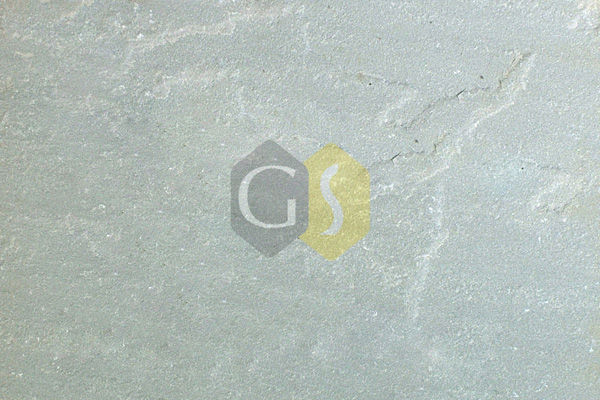Exploring the Strength and Style of Porcelain Stone and All Stone
- Gupta Stone
- Nov 13
- 3 min read

Summary
In the world of architecture and interior design, materials play a crucial role in defining the character and durability of a space. Among the most popular choices today are porcelain stone and all stone. Both are known for their exceptional beauty, strength, and versatility. However, they differ in composition, appearance, and maintenance needs. Whether you’re designing a contemporary home or a commercial space, understanding the benefits of these materials helps you choose wisely.
Understanding Porcelain Stone
Porcelain stone is an engineered surface material made from refined clay and natural minerals that are compressed and fired at extremely high temperatures. This process produces a dense, non-porous, and hard-wearing surface that can withstand moisture, stains, and scratches.
The beauty of porcelain stone lies in its ability to replicate the luxurious appearance of natural stones such as marble, granite, or limestone—without their high maintenance requirements. It comes in a wide range of designs, finishes, and sizes, making it suitable for floors, walls, countertops, and outdoor spaces. The result is a seamless blend of beauty and practicality, perfect for modern lifestyles.
What Makes All Stone Unique
The term all stone refers to the entire category of natural stones, including marble, granite, travertine, sandstone, slate, and quartzite. Each of these stones forms naturally over thousands of years, giving every slab a unique texture, color pattern, and character. No two pieces are ever identical, which adds a distinctive charm to every project.
Natural stones have been used for centuries in architecture—from ancient monuments to modern luxury interiors. Their natural beauty and durability make them a timeless choice for homeowners and designers who appreciate authenticity and craftsmanship. Whether used for countertops, flooring, or facades, all stone creates an atmosphere of elegance and sophistication.
Comparing Porcelain Stone and All Stone
While both porcelain stone and all stone offer stunning aesthetics, they cater to different needs and lifestyles.
Durability: Porcelain stone is extremely tough and resistant to everyday wear, making it perfect for high-traffic areas. All stone, while strong, can be more susceptible to chipping or etching, depending on the type.
Maintenance: Porcelain stone is virtually maintenance-free. It doesn’t require sealing and resists stains easily. All stone surfaces, being porous, often need periodic sealing and proper cleaning to preserve their natural beauty.
Cost and Availability: Porcelain stone is often more cost-effective and widely available in consistent designs. Natural stone can vary in price based on rarity, origin, and pattern uniqueness.
Aesthetic Appeal: All stone offers unmatched authenticity and natural variation. Porcelain stone, meanwhile, delivers design flexibility, allowing homeowners to achieve any desired look.
Choosing the Right Option for Your Space
When selecting between porcelain stone and all stone, consider the purpose and environment. For kitchens, bathrooms, or outdoor areas where moisture and stains are common, porcelain stone is ideal. For luxurious interiors and feature walls where natural beauty takes center stage, all stone is the perfect choice. Both materials add value, style, and durability to any design.
Conclusion
Both porcelain stone and all stone represent the perfect balance of strength and beauty in modern design. Porcelain stone offers innovation, consistency, and convenience, while all stone brings authenticity, warmth, and timeless appeal. Whether you prefer the refined performance of porcelain or the organic elegance of natural stone, both materials are sure to elevate your living or working space for years to come.

Comments